Beavers and other matters
Last night, we visited the wetland we so enjoyed during the summer. The flood in September curtailed our visits for awhile; we went in maybe a week after the flood, and it was depressingly lacking in the wildlife we’d seen over the summer. We hoped to see more activity after two months of recovery time.
There is a beaver house in the pond. It’s highlighted in this photo — off to the right.
We saw several of the beavers at work in the water last night, gliding about. One slapped its tail in a warning sign, making a tremendous splash.
Obviously it was getting dark, and it was difficult to see much — except for the pretty sunset.
The girls and I decided to go back this morning and see what we could see. Among our sightings were a great blue heron, a duck (wood duck, I assume, though it was a ways away and moving fast), and a kingfisher.
I expect that the herons and kingfishers will be on their way south soon. To see only one heron seemed like proof that many have left already — we’re used to seeing quite a few at this spot.
Even more interesting was all the evidence of beaver activity.
There isn’t much to be found in the Handbook of Nature Study about beavers, but our animal encyclopedia informed us that beavers eat leaves, water plants, and the inner bark of trees. This might explain why we didn’t notice any of these telltale beaver signatures on the trees over the summer; back then, there were leaves and plants to eat.
We saw this varmint back in July at the pond, and I had a hard time telling whether it was a beaver or a woodchuck. I think it’s a woodchuck because of the tail, which looks fluffy. But I can’t be altogether sure. I’d never seen a woodchuck around water like this before.
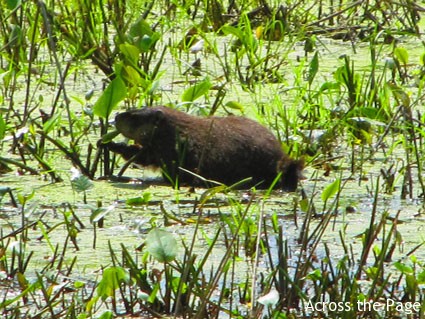
It was reassuring to see some life at the pond. We also liked the feeling that with the change of seasons we were seeing a change in animal behavior (diet). We’re looking forward to seeing more changes as the year moves on.
Meantime, we made a positive change of our own by taking some big garbage bags into the pond and pulling garbage out of the brush — paint cans, pillows, plastic bags, beer cans, deflated kickballs, cartons of antifreeze, and other things that had gotten lodged there during the flood. There is still a kind of depression resting on the area; many people aren’t in their homes yet, and may not ever go back. But here was a small way we could be a part of restoring a place we love.



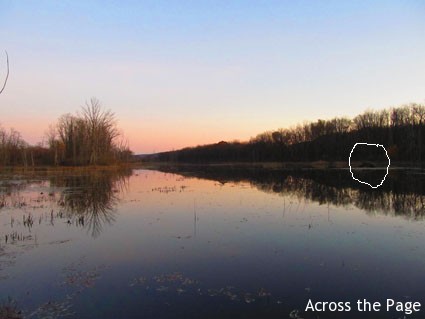
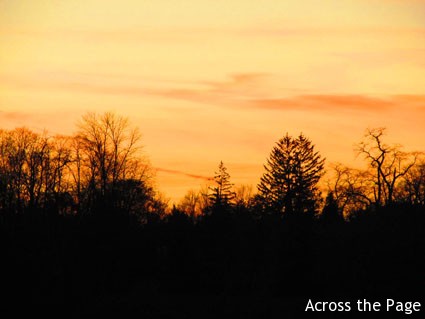
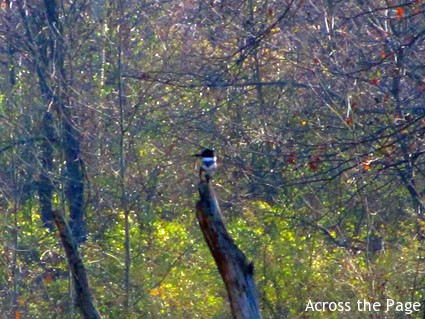
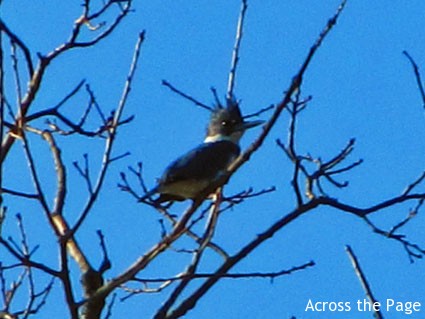
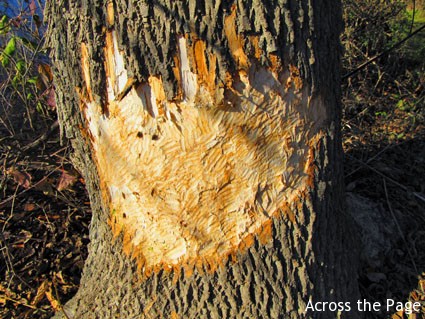
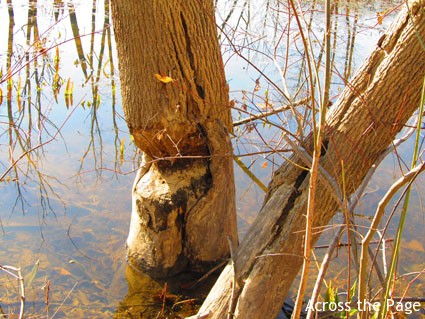
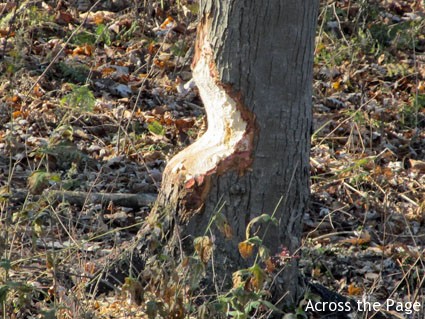
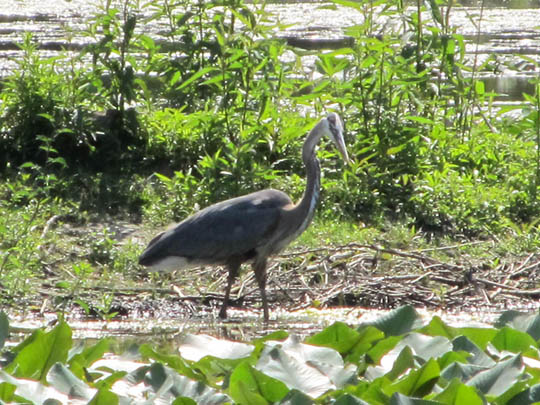
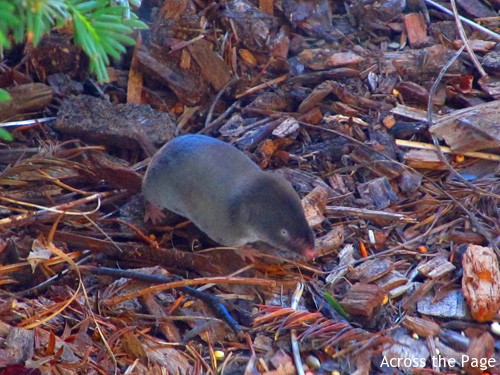

3 Comments
Barbara H.
We saw a beaver crossing a road the other day. I was so surprised — I don’t think I had ever seen one “in person.” I didn’t think to stop and try to see where it lived, and I’ve forgotten where it was now, but there aren’t many places on that road to pull off, anyway.
Love that you all helped clear the area of some debris from the flood.
Amy @ Hope Is the Word
There’s a spring we visit a few times a year that apparently has a large (?) beaver population. It is interesting to see their signs. I know it made you feel a little better to do something to help an area you love so much. Good for you!
Carrie, Reading to Know
Woodchuck OR Beaver, I’m pretty jealous of the fact that you saw one!